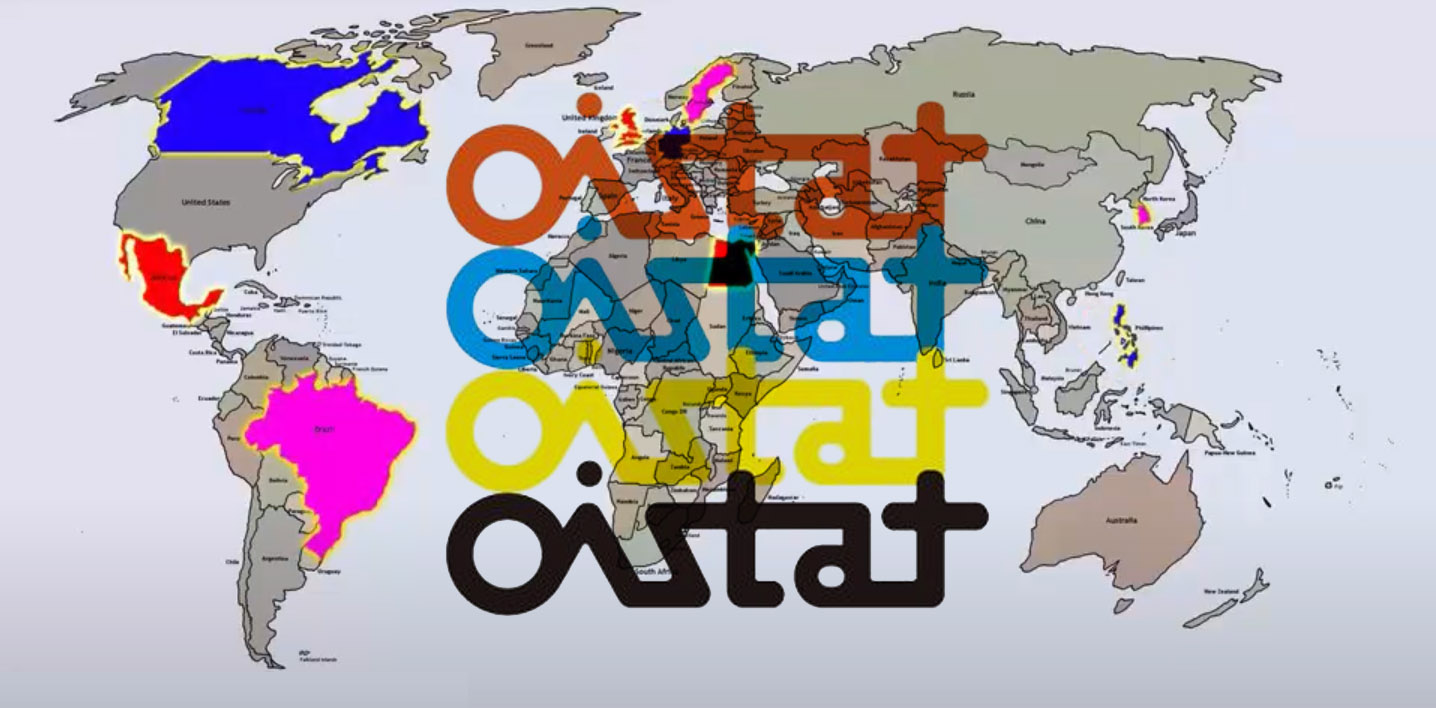In 2007, and again in 2017, three universities participated in a joint project.
They are: Keene State College, the University of New Hampshire, and Plymouth State University.
The three universities are in the same region, a few hours apart when driving.
This project was first undertaken in 2007. It was conceived as something like a Greek Theatre Festival.
We chose three Greek Plays. Each was by a different playwright, but together they told three parts of one story.
This is Agamemnon, being performed at Keene State College, and this is The Trojan Women, being performed at Plymouth State University.
Each institution built the same set, using the same set design In 2007, the set was designed by Celine Perron. It was designed so that it would fit in the main theatre of each institution.
Each institution use the same plans and the same paint elevations to produce the same scenery.
Each show had its own production concept. The costume design for each show was unique. For example, the University of New Hampshire produced Electra as a musical rock opera.
Each institution toured its production to the other two institutions. Each venue hosted all three shows for its own audiences.
The consistency between the productions was the set design, as well as the basic lighting design.
Each institution hung a light plot that used the same channel hookup. Each light plot used the same repertory colors, and included many specials that could be used to customize the plot.
In 2017, we repeated this project, with a different set of plays. We used all three of Sophocles’ plays from the Oedipus Cycle.
Again, we designed one set to fit all three spaces. I designed the lighting and the scenery for the trilogy this time. The theatre plans for all three spaces were collected. We determined how much time and money each institution could contribute.
The set design had to be an accessible reality for all three institutions. All material for the set design and the lighting design were made available from one website. This included the design research and process.
The cyclorama, sidelight, and a set of front lights were kept versatile in each space for each touring show.
As the company left the building, they each took their costume into their own possession.
Because we were on a bus, we took some equipment that could have been provied by the venue. It was still not much.
We had small bins with props and shows and hates. We took a fogger, a step unit, and a rehearsal cube. Remove the non-essentials, and we woudl have had no more than would fit into one or two duffel bags.
This is a typical schedule. We spent about two hours focusing the plot in the venue.
We then ran light cues on the host venue’s console, while the actors worked in the space.
We adjusted lighting cues, and some blocking, to accomodate each venue. The University of New Hampshire has a long, low audience. Plymouth State University is wider and goes higher. Keene State College has an audience area that is very steep.
These were one-day visits, but we schedule social interaction among the host and visiting companies.
This model could easily be expanded to work on an international scale. OISTAT could serve as an agent to create gruops of institutions that want to collaborate in this way internationally.
Throught the OISTAT Centers, we can identify institutions that are interested in participating in this project.
We would need to collect some basic information about each.
This would include:
- The type of theatre space;
- The size of the proscenium or stage;
- the budget for their production;
- the time and capabilities of their staff;
- the calendar preference for travel and performance;
There should be some guidelines on how they might choose their shows. The three shows might not be part of the same story; they could all be comedies, or tragedies, or dramas. They could each produce a show according to their own culture.
The shows could be full-length plays, or one-acts.
If some institution could not afford to travel, perhaps all of the companies could perform at once location.
There are many ways that this could be arranged, but the guidelines should be very clear.
OISTAT can connect the institutions and provide the methods for collaboration. However, the teams must be responsible for their own success.
The institutions must choose a set design from their own people. They must share the plans for their venues with each other. They must choose a way to share files with each other. This could be a website, or Dropbox, or Google Drive. They must choose one method.
They must decide how to collaborate on the lighting design. If their consoles are not compatible for loading lighting cues, they may choose other ways to provide similar lighting.
The experience must remain as accessible and affordable as possible.
The host insitution must provide housing and food for the guests. The host insitution also keeps the schedule. The host insitition provides activities during the stay and provides transportation. The only large expense for each institution should be airfare.
The institutions must decide how they will have meetings. This could be Skype, Zoom, Facetime, or anything else. They must agree on what it is.
There must be one person who oversees all of the agreements and communication. They must choose this person from among themselves.
OISTAT can offer pre-written advice on how to obtain information for visas and travel and other advice.
OISTAT’s role in this would be to facilitate only. The goal is to increase international activity and outreach with minimal administration by OISTAT.
Respectfully proposed by Matt Kizer, Plymouth State University, United States of America.
